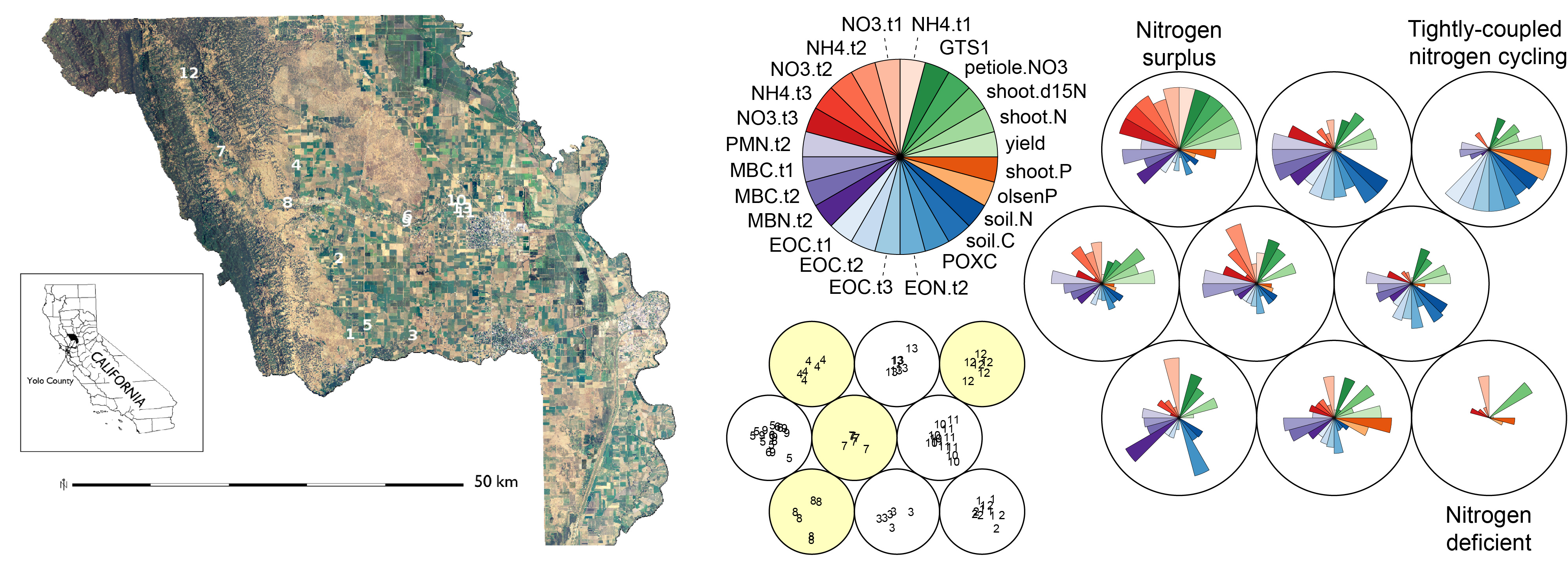Restoring and maintaining soil health are essential to making agriculture viable in the long-term. Soil health describes the dynamic properties of soil that can be changed by management, especially soil organic matter, soil biota, and chemical characteristics like pH. Thus soil health is distinct from intrinsic soil characteristics like texture, although these factors strongly influence soil health. The metaphor of “health” implies that soils can range from a “diseased” state to a “healthy” state, the latter marked by an active and diverse biological community and stable or increasing levels of soil organic matter that support key ecological functions like nutrient cycling and retention, water infiltration and storage, pest suppression, productivity with minimal nonrenewable inputs, and ultimately, resilience to stress. Yet intensively-managed agricultural systems mainly create sickly soils. Broadly, we are interested in how farmers’ innovations restore and maintain soil health, and the ecological consequences of doing so. Through collaborations with social scientists and environmental policy experts, we are also interested in barriers, opportunities, and enabling conditions for adopting practices that support soil health. Previous research with organic farmers in Yolo Co., California, investigated how farmers could achieve high yields and low potential for nitrogen losses (Bowles et al, 2014, Soil Biology and Biochemistry, Bowles et al, 2015, PLoS ONE, Margenot et al., 2015 SSSAJ). High levels of total and labile soil organic matter were a key feature of farms that could achieve both. New interdisciplinary research will focus on the Central Coast region of California, America’s “Salad Bowl” and a statewide assessment of soil health barriers and opportunities lead by Alastair Iles and the Berkeley Food Institute.
 Results of on-farm approach for discovering the extent to which organic farmers could achieve both high yields and low potential for N losses (Bowles et al 2015, PLoS ONE)
Results of on-farm approach for discovering the extent to which organic farmers could achieve both high yields and low potential for N losses (Bowles et al 2015, PLoS ONE)